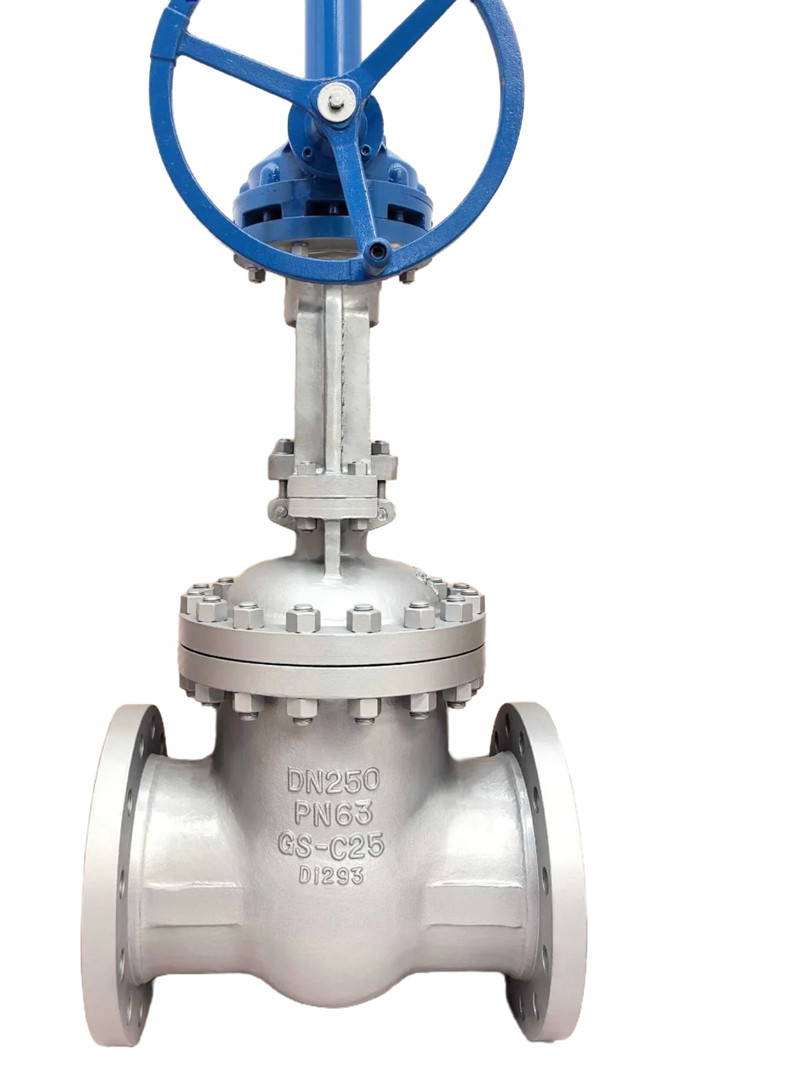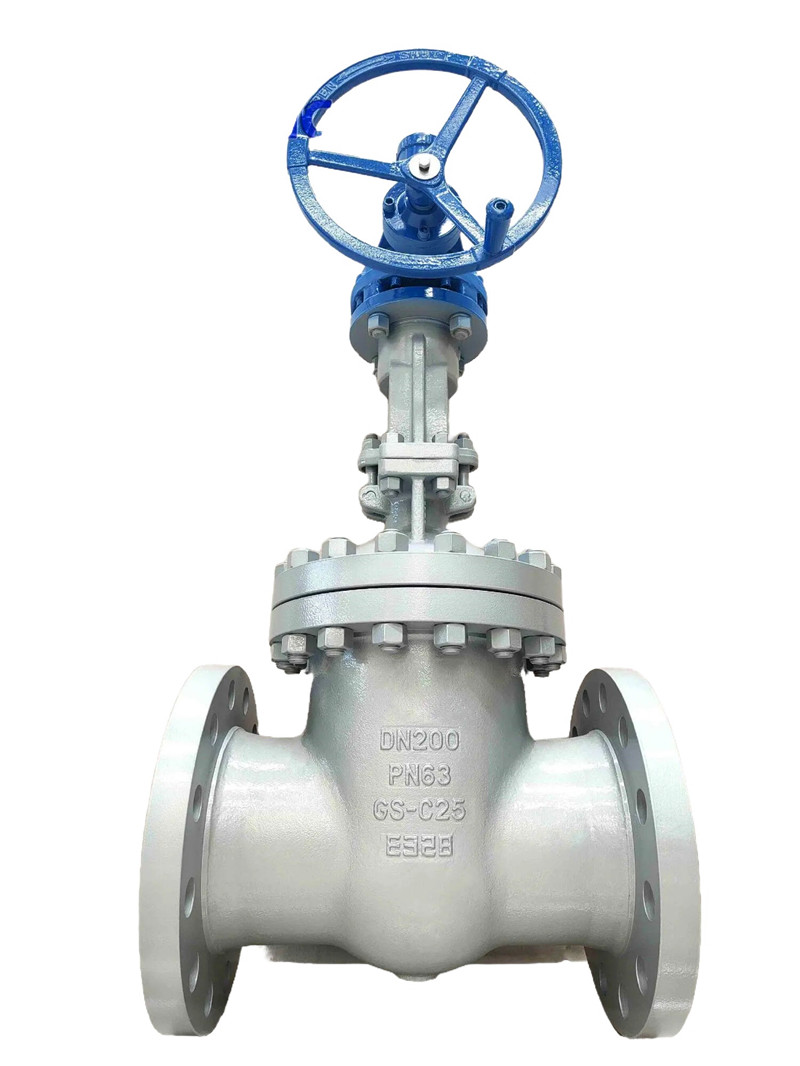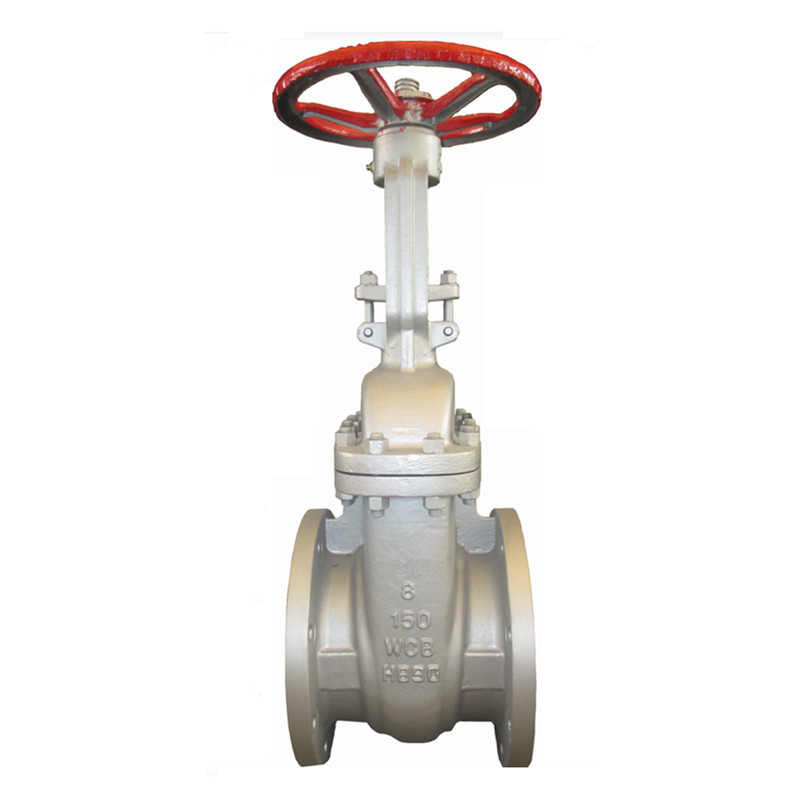Products
ANSI Non-Rising Stem Gate Valve
Non rising stem gate valve, also known as rotary stem gate valve (also known as non rising stem wedge gate valve). The valve stem nut is located on the gate plate, and the handwheel rotates to drive the valve stem to rotate, causing the gate plate to lift. Usually, there is a trapezoidal thread at the bottom of the valve stem. Through the thread at the bottom of the valve and the guide groove on the valve disc, the rotational motion is transformed into linear motion, that is, the operating torque is transformed into operating thrust.
Design Standard: API 600/ASME B16.34
Pressure-temperature Ratings: ASME B16.34
Size Range: 2” to 48”
Pressure Range: Class 150 to 2500
End Connections: Flanged RF, RTJ, Butt Weld
Flanged End Dimensions: ASME B16.5 (≤24”), ASME B16.47 Series A or B (>24”)
Butt Weld End Dimensions: ASME B16.25 Face to Face
Face to Face Dimensions: ASME B16.10
Inspection and Testing: API 598
Body Materials: WCB, CF8, CF3, CF3M, CF8M, A995 4A, 5A, 6A, C95800, INCONEL 625, INCONEL 825, MONEL, WC6, WC9.
Trim Materials: 1#, 5#,8#,10#,12#,16#
Packing materials: graphite, graphite with inconel wire
NACE MR 0175 Bolted bonnet, outside screw and yoke
Non-Rising stem with top sealing (backseat) shutting-off: by rotating the handwheel in clockwise direction
Bonnet Extension Cryogenic
Testing By Pass Valves
PTFE coated bolts & nuts
Zinc coated bolts & nuts
The handwheel drives the valve stem to rotate, and the valve stem drives the gate to move up and down to complete the opening and closing process. Similarly, there is a guide groove between the gate and the valve body. Limit and guide the ram. There are internal threads and valve stem threads in the gate plate to match.
When the non rising stem gate valve is opened, the valve stem only rotates without any upward or downward movement. The opening and closing status of the gate valve cannot be seen from its appearance, as there is no change in its appearance during the opening and closing process, unlike the rising and falling process of the valve stem that can be seen in a rising stem gate valve. So in important occasions, a valve stem indicator will be installed on its appearance to distinguish the opening and closing status of the valve
Non rising stem gate valves are suitable for situations with limited space, as their height does not change when opened. The medium inside the pipeline should be clean, as impurities can cause the valve stem and gate threads to get stuck, causing switch failure. The valve stem and gate thread are subject to erosion and corrosion by the medium, and their service life is longer than that of open stem gate valves







